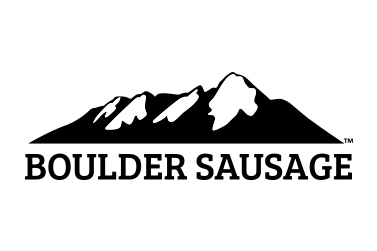
What is the Paleo Diet?
The paleo diet, also known as the caveman diet, is modeled after what prehistoric humans may have eaten in the Paleolithic Era. The diet itself typically consists of lean meats, nuts, fruits, and vegetables – the sort of things that could have been easily obtained by hunters & gatherers. Due to their whole-food diet and physically active lifestyle, it is assumed that hunter-gatherers had much lower rates of diseases that are common today, such as obesity or heart disease. The paleo diet was created in an effort to imitate these practices and return to a simpler, healthier lifestyle.
Primary causes of unhealthy lifestyles are sedentary habits and modern diets, which are often filled with sugars, fats, and processed food. The paleo diet focuses on getting rid of these unhealthy foods and replacing them with more natural ones. However, this also means cutting out foods that became part of an ordinary diet after farming practices emerged, like grains and dairy.
The diet itself isn’t too strict. Since there is no “perfect” regimen for everyone and Paleolithic humans had varied diets depending on time or location, so you can sculpt the diet around your own personal needs. Consider the ideas as a guideline, and adapt your own preferences around it. That being said, let’s take a look at some of the basics.
Foods to Eat on Paleo
- Lean meat
- Vegetables
- Fruits
- Nuts and seeds
- Healthy oils
- Eggs
- Herbs
- Spices
Foods to Avoid on Paleo
- Grains
- Legumes
- Dairy
- Refined sugar
- Highly processed foods
- Vegetable oils
- Trans fats
Now that we know these, we can build what you might eat on a typical day while doing the paleo diet:
- Breakfast: Eggs, vegetables, Boulder Sausage Ground Breakfast Sausage. (Check out this Breakfast Sausage Skillet recipe that follows paleo guidelines)
- Lunch: Fruits, salad, Boulder Sausage Bacon (Check out this Apple and Bacon Salad recipe that follows paleo guidelines, just don’t add cheese!)
- Dinner: Roasted vegetables, Boulder Sausage Italian Sausage (Check out this Broccoli Rabe with Italian Sausage recipe that follows paleo guidelines, just don’t add cheese!)
What to Expect
After starting the paleo diet, you should expect to see some significant weight loss. This fluctuates depending on how strictly you follow the diet and how much physical exercise you partake in, but people often see results. This can be attributed to the removal of unhealthy processed foods and sugars from the diet, which have been proven to lead to unhealthy habits. While other health benefits can come from the paleo diet, there is little research on long-term effects. However, the increased portion of vitamins, nutrients, and fiber that comes from the paleo diet is always a plus.
One thing to be aware of is that you may experience a lack of certain nutrients that come from grain or dairy, like calcium. To stay on top of this, you should find alternative sources for these nutrients that fit within the diet. For example, spinach and salmon can be good sources of calcium that are allowed within the paleo diet.
Bottom Line
The paleo diet can be a great way to improve your health and develop healthier eating habits. In other words, cutting out all processed food and unhealthy sweets. It’s important to sit down and decide how extreme you want to take the diet before starting, You should always consult your health care provider(s) before starting any diet and/or exercise regime to be sure it is right for you. Then, take a look around for foods that fit within the diet – like Boulder Sausage! Be sure to visit our recipe pages to find tons of delicious, healthy recipes for all our products. From here, you can adapt them around all your paleo needs and doctors recommendations.
Happy, Healthy Dieting!
Learn more about the paleo diet from some of our favorite resources.

